A fiery moon that captivated the world
Recently, a photographer captured a rare moment where the moon glowed in blazing shades of red, orange, and gold during a dramatic sunset. These surreal images spread rapidly across social media, leaving viewers wondering how such a striking sight was even possible. While the photos may look almost unreal, the fiery moon is a natural effect created by sunlight, atmospheric particles, and positioning in the sky.

This breathtaking display occurs only under specific environmental conditions, making it one of the most fleeting and mesmerizing events in nature. For those lucky enough to witness it, the fiery moon offers a reminder of how dynamic the sky can be and how subtle changes in the atmosphere can transform familiar celestial objects into vivid works of art.
How atmospheric scattering paints the moon in fiery colors
The stunning colors seen on the moon during sunset are created by a process called atmospheric scattering. When the sun is low on the horizon, its light has to travel through a much thicker layer of Earth’s atmosphere compared to when it’s overhead. This longer journey forces sunlight to interact with dust, smoke, water vapor, and tiny particles suspended in the air. These particles scatter shorter wavelengths like blue and violet, leaving behind the deeper red, orange, and gold tones that we associate with sunset.
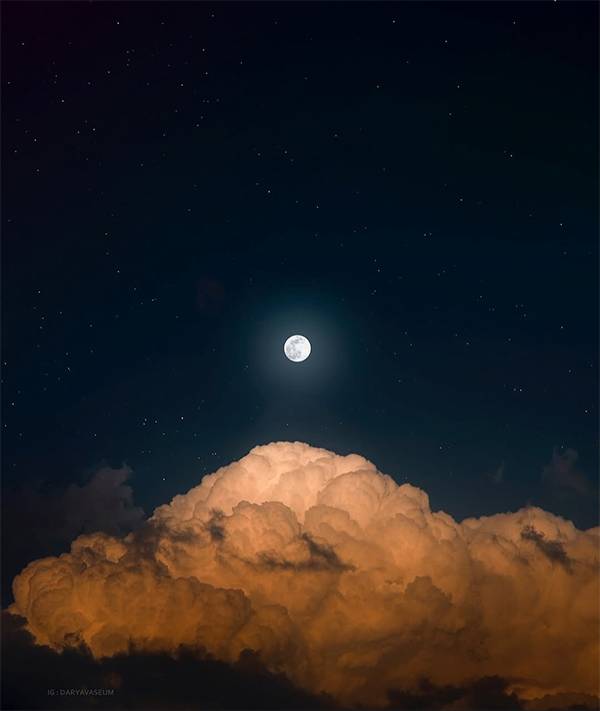
If the moon happens to be rising or already positioned low in the sky during this time, it reflects those same warm wavelengths. Instead of its usual silvery-white glow, the moon takes on the fiery palette of the sunset itself. This effect is especially intense after wildfires, sandstorms, or volcanic activity, when the atmosphere contains an unusually high level of particles that enhance red and orange scattering. As a result, what might otherwise be a simple moonrise becomes a dazzling visual event.
Why the moon looks larger near the horizon
Along with its dramatic colors, many people notice that the moon appears larger than usual during these fiery displays. This is not an actual increase in size but a psychological trick known as the moon illusion. When the moon is positioned low on the horizon, the human brain interprets it as being larger because it is viewed relative to familiar landmarks like trees, mountains, and buildings. Without realizing it, our perception magnifies the moon, combining with atmospheric colors to create a breathtaking scene.
The moon can also appear slightly distorted or flattened when close to the horizon. This happens because layers of warm and cool air create subtle atmospheric refraction. Light bends as it travels through these layers, altering the moon’s shape and adding to its surreal appearance during sunset.
Conditions that intensify fiery moon colors
Not every sunset produces a fiery moon, but certain environmental factors make the effect more likely and visually striking. High concentrations of particulate matter dramatically enhance atmospheric scattering, resulting in deeper and more vibrant colors. Events such as wildfire seasons, volcanic eruptions, and desert dust waves often increase the amount of debris in the air, turning the moon into a glowing ember when it rises at just the right moment.
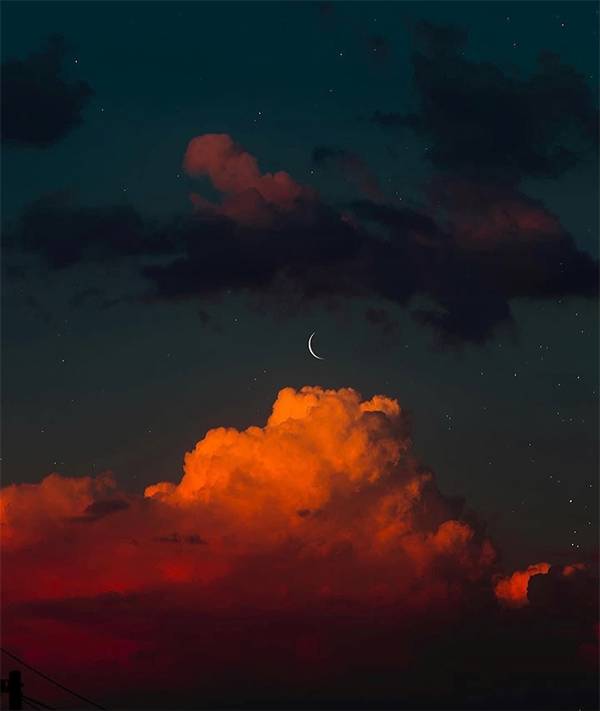
Humidity also plays a role. Moisture suspended in the air can create additional scattering, intensifying red and orange tones. After thunderstorms or during humid summer evenings, the moon may take on warmer shades. Even pollution can alter the sky’s color palette, amplifying the fiery glow of a low-horizon moon. For photographers and sky watchers, these conditions help predict when a dramatic moonrise might occur.
Why these moments are so rare and fleeting
One of the reasons fiery moon sightings feel so magical is their brief duration. The window during which the sun’s light is scattered at just the right angle while the moon simultaneously sits low on the horizon lasts only minutes. As soon as the moon climbs higher into the sky, its colors fade and the fiery glow disappears. The atmosphere thins overhead, reducing scattering and returning the moon to its normal appearance.
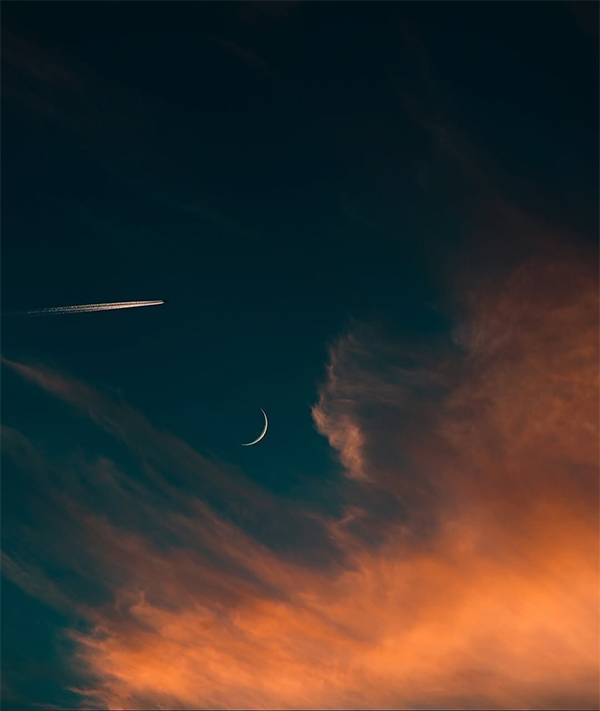
Photographers who capture these moments rely on timing, experience, and sometimes luck. They must anticipate moonrise, understand weather conditions, and position themselves strategically to capture the effect before it vanishes. The rarity of the phenomenon is part of its charm, reminding us that the sky’s most spectacular moments often happen when we least expect them.
What fiery moon photos reveal about our environment
These captivating images are more than just stunning visual displays. They highlight how sensitive the sky is to environmental changes, from wildfire smoke to dust and pollution. Studying how atmospheric particles affect moon color helps scientists better understand air quality, climate patterns, and the movement of aerosol particles across the globe. When photographers document unusual sky colors, they indirectly contribute to environmental awareness and scientific curiosity.
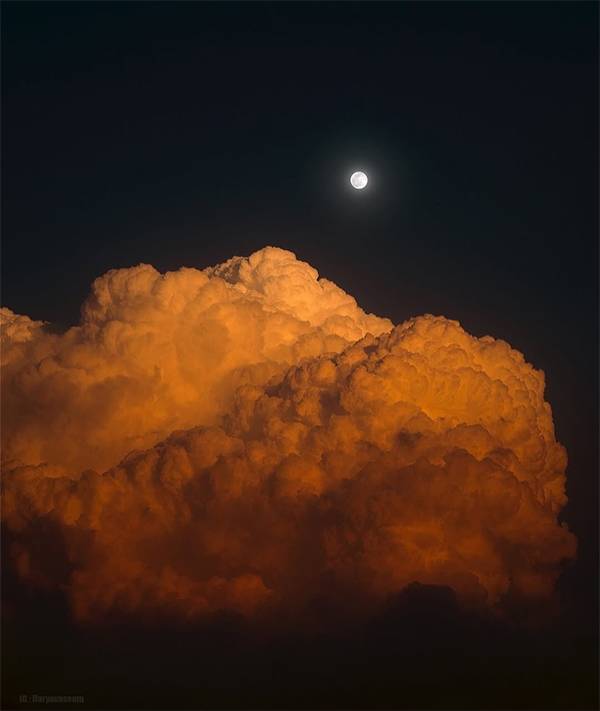
A fiery moon at sunset is a vivid reminder of the connection between Earth and its atmosphere. While these events may last only a short time, their beauty leaves a lasting impression on those who see them. For many viewers, the fiery moon becomes a symbol of nature’s unpredictability and its ability to turn everyday moments into unforgettable scenes.

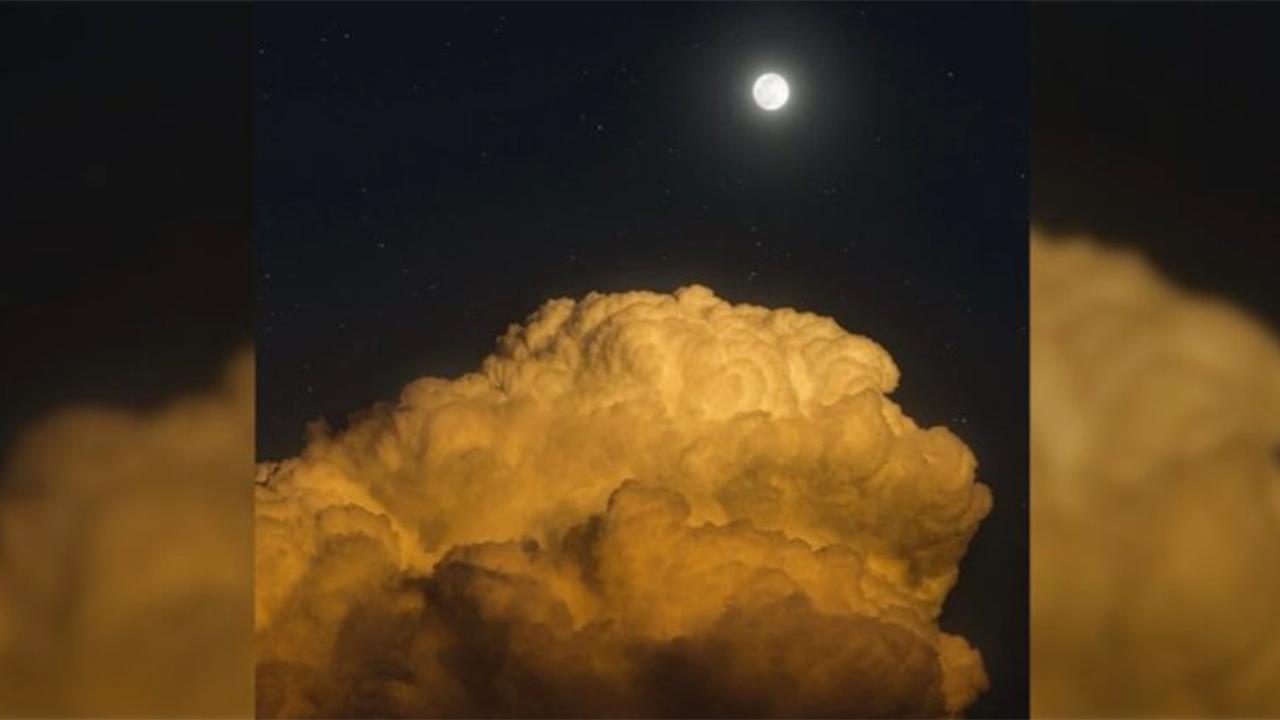


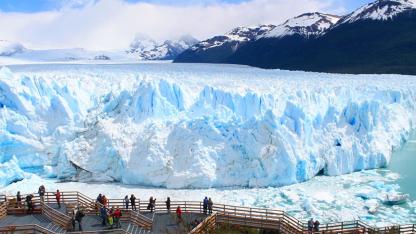
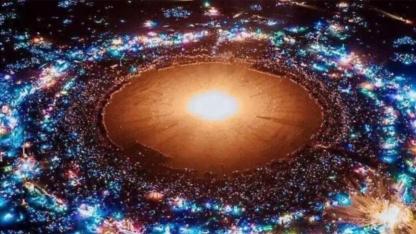
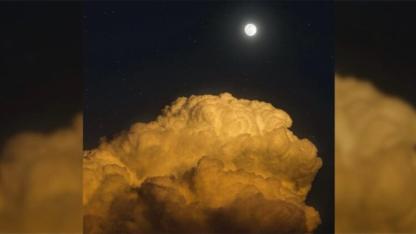



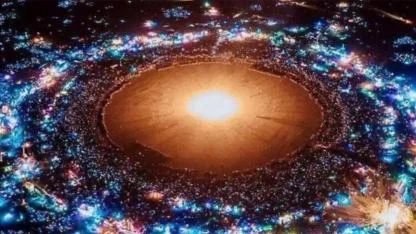

Yorumlar
Kalan Karakter: